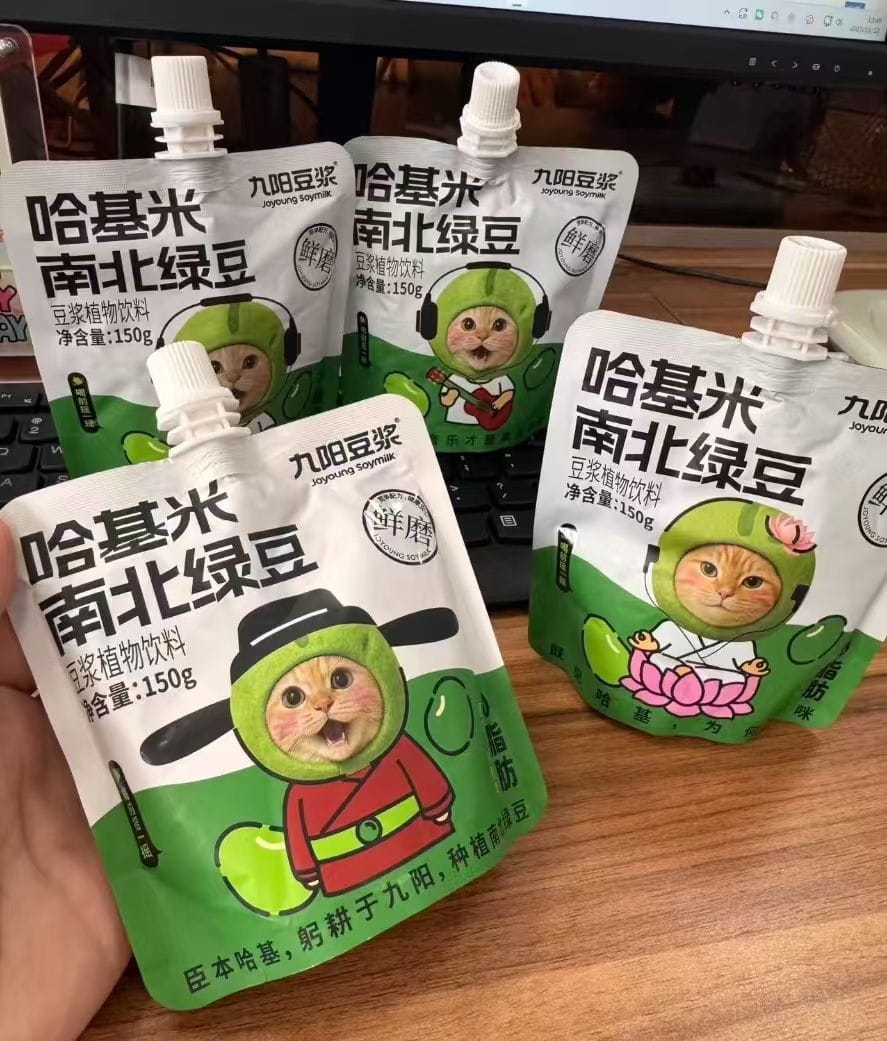Recently, a meme coin named Hakimi suddenly surged in the market. Behind it, a core association became the driving force:
There are rumors that the traditional consumer brand Jiuyang launched a new Hakimi soy milk product, which drove the price of Hakimi coin up over 50%.
However, the official statement from Jiuyang clarified: there are no products related to Hakimi.
At the same time, the market value and increase of Hakimi are extremely extreme: it once surged over 140-160% in a short period.
Why are meme coins particularly sensitive to news/associations?
1. Emotion-driven: The value behind meme coins is often not based on products or technology, but more reliant on social media, internet popularity, and associative effects.
2. Low liquidity, high volatility: Coins like Hakimi have a smaller market share with many participants being retail investors and speculators; a single piece of news can trigger a large amount of buying or selling.
3. News can easily become a trigger point: When brands collaborate, launch new products, or have similar names, it creates stories in the crypto world. Retail investors may mistakenly believe that an official partnership has arrived, leading them to jump in.
Here are three operational suggestions
First check the official sources: When you see news about a brand and a coin, like Hakimi Soy Milk, first verify whether the brand's official statement is true.
Control your position size and set stop-loss: These types of coins are unstable, and you shouldn't invest all your funds; your loss tolerance should be established in advance.
Don't just follow the trends: Often, the combination of news and speculation is just the starting point for hype, and it may not sustain. Be cautious of becoming the last person to buy in.



